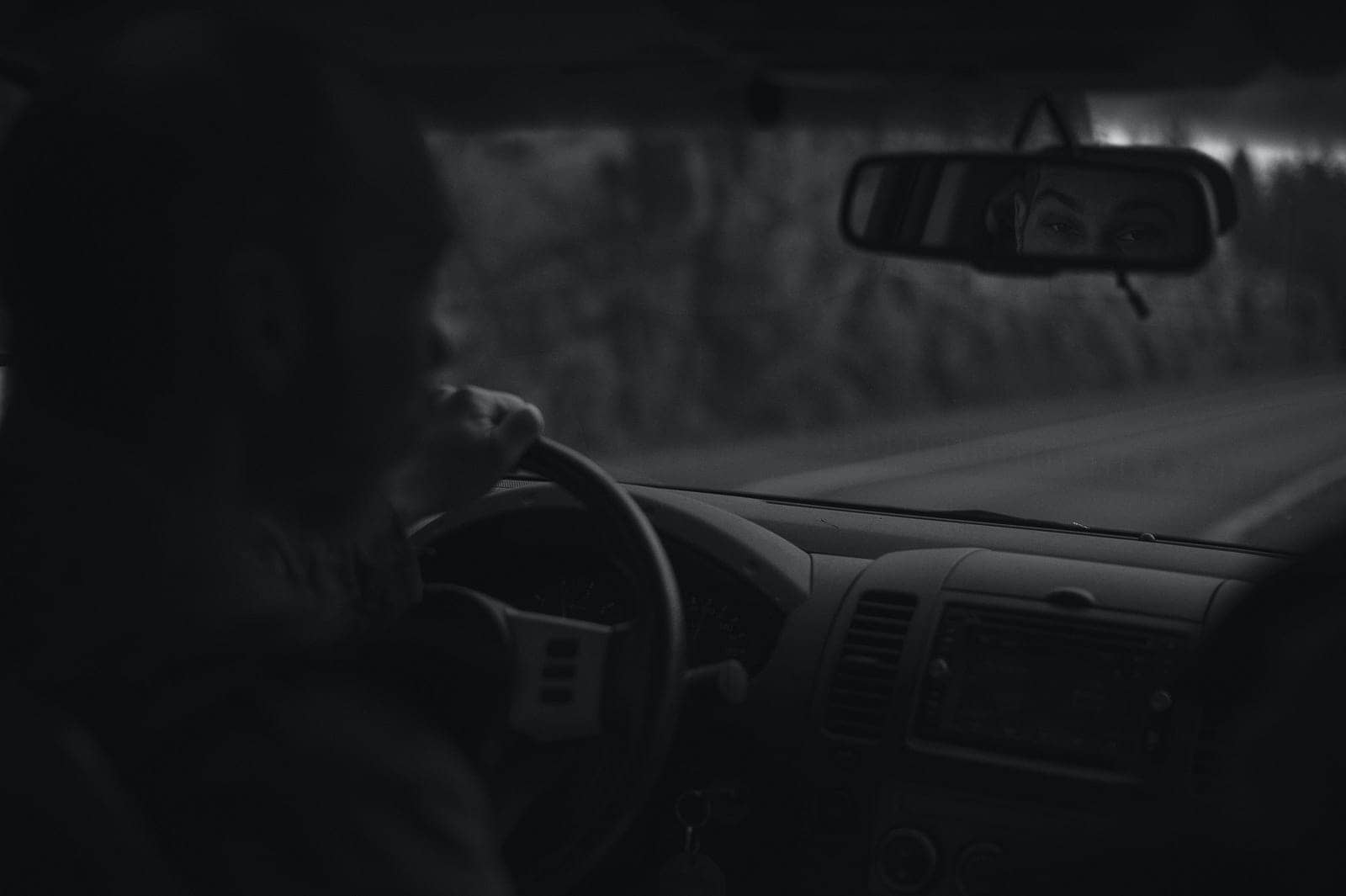This is one of most underrated scenes on TV.
In the second to the last scene of The Kominsky Method’s season 1 finale, Sandy Kominsky, a veteran actor who is well past his prime, drives his 80 year-old agent and friend Norman Newlander home from the police station.
Just moments before, Norman was picked up by a roving police SUV after having too much to drink and taking a walk to “clear his head.” If you’ve never seen the show, it’s important that you know that Norman had just lost his wife to cancer a month prior and is struggling to cope with the grief.
Sandy pulls over to the side of the road and they have this conversation:
NN: I think maybe I’m losing my mind.
SK: You’re not losing your mind.
NN: Oh, like you know.
SK: you’ve just been through the fucking wringer. Your wife died. Your daughter’s back in rehab for the umpteenth time. And I don’t know if this needs to be said out loud, but you’re also like a thousand years old.
NN: I thought I was angry but the truth is, I’m scared. I’m scared all the time.
SK: Listen to me. We’re all scared. And you know why? Because it’s a scary fucking world. But we get through it because we’re not alone. You’re not alone.
NN: Who do I have?
SK: Me, you dumb shit! Can you see me?!? I’m right here in front of you. Hi. Hello there. I see you. You see me?
I’m reminded of a similar conversation I had with a good friend at the beginning of the year.
Funny enough, we were also in a car and I was also being driven home.
At the time, I was in a rather low point (“low” is an understatement). Nothing was stable. Just left my job, fresh from a break-up, lost was my default mode. I was a mess.
One night, one of my dearest friends Karll and I were out with some other friends. We were neighbors so we’d usually go to these things together and I’d hitch a ride with him on the way home. And it’s on this drive back home when we’d have those real talks, the raw conversations.
Usually, these were the no-holds-barred conversations where we just dump it all onto the dialogue. That night was no exception.
I was dumping it all on him, all the weight, all the fear, all the heartache. And as I was rambling on, he pulls over to the curb right before we get to my house.
I don’t remember the whole conversation, but I remember, so vividly, him saying these words to me in our own dialect: “Daw waay ka na gid color subong, Jam. Kung tulukon ta ka, black and white ka na lang gid.” (You seem like you’re out of color, Jam. When I look at you, I see only black and white.)
Let me tell you, that woke me up.
He goes on to tell me that I needed to go out and look for this color. “Find some color. It’s out there, but you’d have to go out and look. You can’t just keep to yourself and sulk about it all day. ” I knew he was right, of course. It was tough to hear all that but it was the hard truth.
It’s funny how figures of speech like that don’t really make much impact in an ordinary setting. It takes a moment—a special one—to really see it for what it means.
Black and white. Out of color. Bland. Sad and bland. It was spot on.
Months later, I’m putting myself under the same color-detecting magnifying glass.
How much color have I gained from the past 8 or 9 months?
The truth is, I don’t know. Maybe, like Norman, I’m just scared all the time and now I’m scared to know. Maybe I gained much and lost it on the way and regained some and lost some again. Maybe I’m still the same. Maybe I’m a mime. Maybe I’m half the color spectrum. Maybe it doesn’t matter.
But maybe, the more important question is, where do we get it from?
Color, like most visible things, can only be seen when light is present. No light, no light reflected back. No light reflected back, no color. And light, is simply the truth. It’s the hard to swallow truth. It’s seeing reality and facing whatever it is that we see. It’s Norman recognizing that his friend Sandy is right in front of him. It’s my friend Karll hitting me with truth bombs.
We don’t get it anywhere. It’s given. I see you and you see me. It’s knowing we’re not alone.

